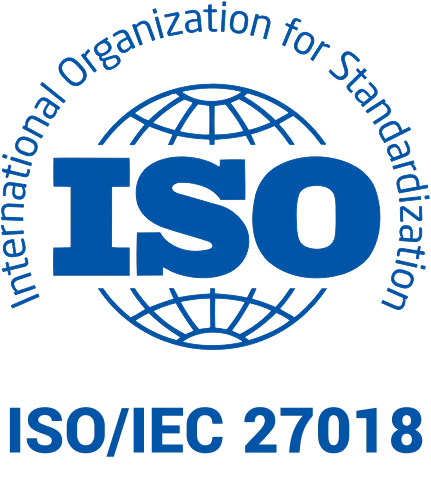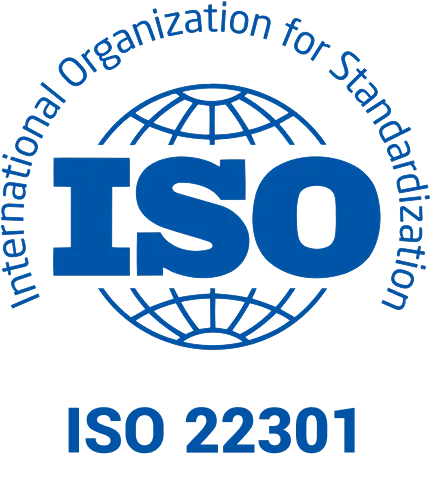
What is autocratic management style? Characteristics
The decision to choose the right management style can significantly impact employee satisfaction, task efficiency, and the achievement of business goals. A good leader is one who knows how to appropriately match the management model to the industry, job specifics, and the skills and personalities of the team. One of the most popular management styles is the autocratic style, which we will explore in more detail in the following article. Enjoy your reading!
What is the autocratic management style?
Today, three popular management models are distinguished: autocratic, laissez-faire, and democratic. Each of these has established methods of management that are essentially repeatable. The choice of a particular style should depend on several factors, including the nature of the company, organizational culture, the personality and character of the manager and employees, and the scope and type of tasks performed. The autocratic style is a power-oriented approach to management. Decisions are made by the leader or a decision-making group consisting of just a few people. Other team members have no influence on the decisions made. A characteristic feature is the strict control the manager has over other employees. Teams led by an autocratic leader receive clear directives (which are difficult to change or question), and they are later held accountable. Employees have no influence on decision-making or the course of events. All decisions are made quickly and efficiently – without involving the team. This management style often employs strict rules. Those who prefer working under predictable conditions and task-oriented environments will appreciate working with an autocratic leader. However, individuals who value communication and relationships within the team may feel uncomfortable and, over time, frustrated and unfulfilled. The manager focuses solely on tasks, not on people, their needs, or emotions. Learn more about other management styles in the workplace!
The autocratic style – advantages and disadvantages
The autocratic style, like all management styles, has its advantages and disadvantages. A strong point is the high efficiency of task performance and the possibility of achieving discipline within teams. Misunderstandings are rare because employees are focused on following specific instructions – working according to the plan and set methods. Another notable aspect is the speed in decision-making and meeting deadlines. This model works well in industries that do not require excessive creativity or creative work – however, the ability to work under time pressure is necessary. Managers formulate their instructions precisely and control task execution. The goal and direction for the team are set by the management tier. As for the disadvantages, it is essential to mention sanctions and coercion – there is no place for voluntary participation or effective motivational strategies. The autocratic manager does not allow for discussions with employees and is not concerned with team relations. Furthermore, they often do not engender sympathy and create an atmosphere of uncertainty and mistrust. Work results are communicated in a way that leaves no room for feedback or criticism. Fear is often the motivation for employees. There may also be high employee turnover due to a lack of identification with the company. Additionally, limited freedom and decision-making opportunities can negatively impact team engagement and motivation.
Autocratic manager – Types
At this stage, it is also worth mentioning the types of managers characteristic of the autocratic style. One type is the autocratic manager who sets goals and then enforces work using a system of rewards and punishments. The strict autocrat is a manager who sticks to the rules and generally acts fairly. However, sometimes employees are intimidated. Autocrats are also leaders who show concern for their employees while emphasizing that only they can help them. In return, they expect gratitude and thanks. Inept autocrats are those who abuse their power and often resort to dishonesty. They blindly believe in their infallibility and perfectionism. Although the autocratic management style can be effective in achieving discipline and quick results, it may limit employee creativity and engagement. Choosing this model should be a conscious and well-considered step, taking into account the nature of the company and the character of the team. Despite its drawbacks, autocratic management can work in situations requiring clear directives and strict control. The key to success lies in finding the right balance between firmness and understanding team needs.


























.jpg)










